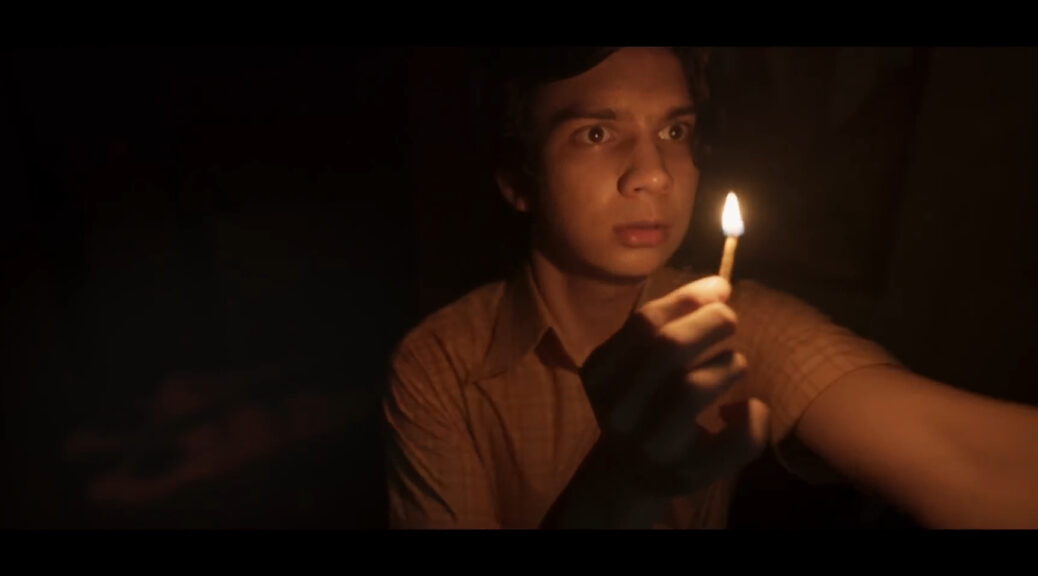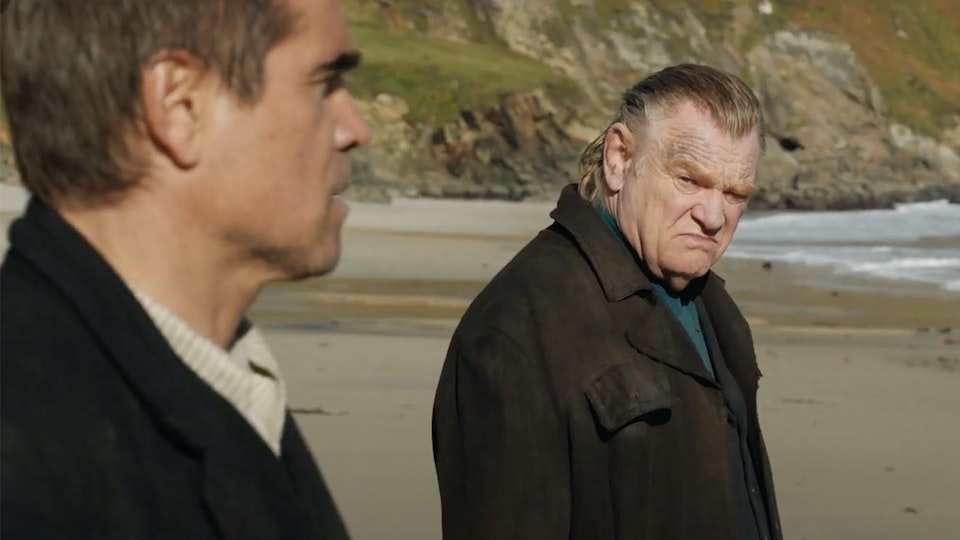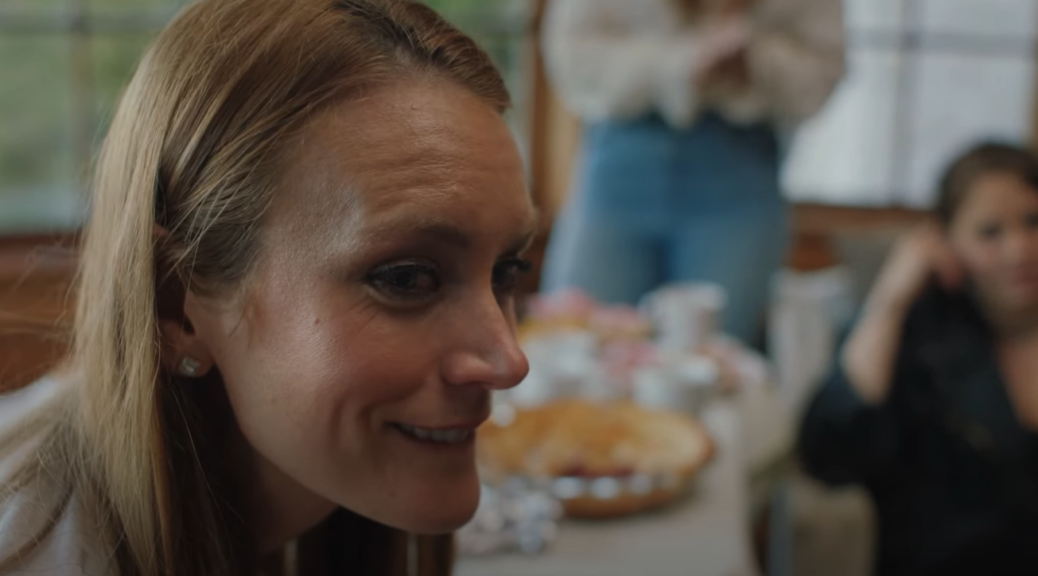Armageddon Time
by Hope Madden and George Wolf
One of the reasons Greta Gerwig’s semi-autobiographical coming-of-age film Lady Bird was such a refreshing treasure was the forgiveness that followed every stupid decision made by every single character. Gerwig’s film embraces the necessity of terrible choices in adolescence and it never caves to the easy desire to blame others for teenage misery.
But Gerwig didn’t grow up a Jew in Queens in 1980, which is why James Gray’s Armageddon Time tells quite a different story. To his credit, Gray still reaches toward forgiveness. And both films are mercifully unsentimental.
Young Banks Repeta is terrific as Paul Graff, Gray’s very cute, bratty, privileged stand-in. Like every 12-year-old, Paul is oblivious to his privilege. He may even enjoy becoming the class outcast since the other student spurned by Mr. Turtletaub is fast becoming Paul’s best friend.
But Johnny’s fate and Paul’s will never really gel because Paul is being trained with love to disappear when trouble arises, which means that all eyes fall on Johnny (Jaylin Webb).
Paul’s relationship with his parents (Anne Hathaway and Jeremy Strong, both excellent) can be funny, sassy, and heartbreaking, while his grandfather (Anthony Hopkins) can always be counted on for encouragement, well-earned advice, and a present.
The stellar ensemble infuses the film with warmth, humor and sadness. And aside from a line or two that’s a shade too obvious, there’s a feeling of authenticity here that Gray is able to nurture beyond personal memoir to a grander comment on race and class. The filmmaker may be copping to his own bargains with guilt and privilege, but he’s also highlighting the daily turns of the American wheel that push so many of us toward our dreams, and so many others further away from theirs.
Forgiveness doesn’t come easily, nor should it. Gray tosses aside the rose-colored glasses that usually tint a director’s look back. Armageddon Time doesn’t deliver any easy answers, just more opportunities to question. That’s why it works.














